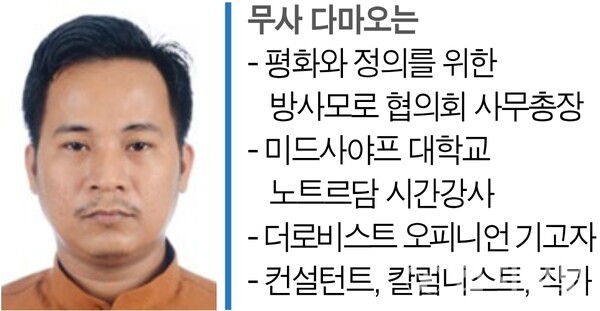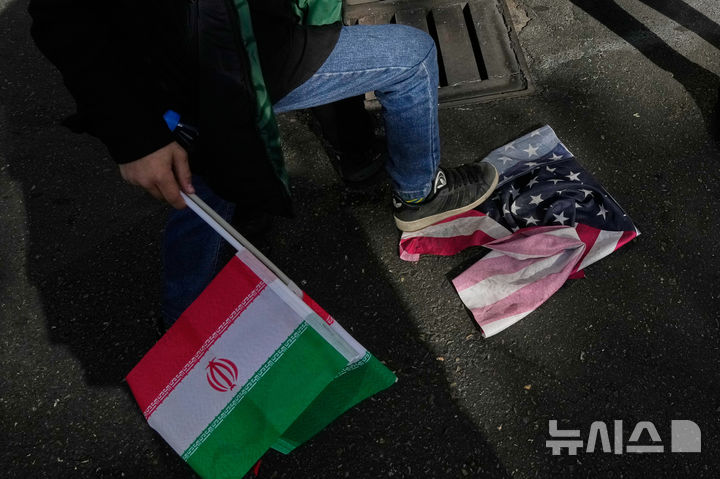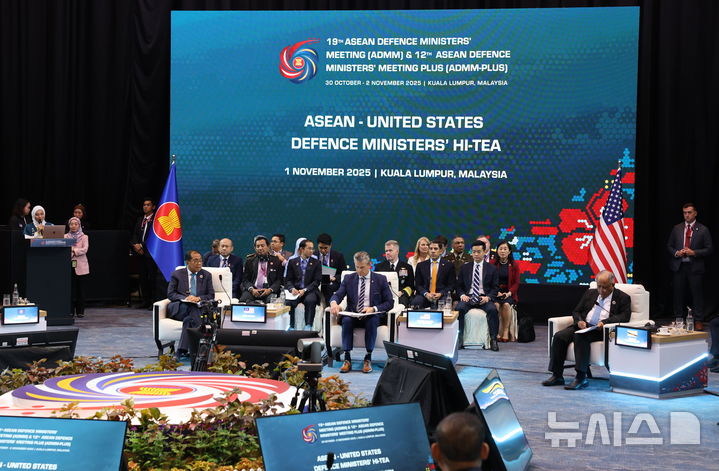
The international order that emerged after the Second World War has been fundamentally shaped by the ascendancy of the United States. Rooted in institutions such as the United Nations, the Bretton Woods system, NATO, and the global trade architecture, the post-1945 order reflects not only U.S. economic and military dominance but also the projection of its ideological values—liberal democracy, free markets, and a rules-based global system. Proponents describe this framework as the cornerstone of international stability and prosperity. Critics, however, view it as a hierarchical order that entrenches Western power and constrains the sovereignty of states outside the U.S. sphere of influence.
Against this backdrop, the pursuit of strategic autonomy has become a defining feature of states seeking to navigate global hierarchies. Strategic autonomy refers to a state’s capacity to make sovereign decisions in foreign and security policy, free from external coercion or dependence. It does not imply isolationism but rather the ability to act independently in a system dominated by major powers. In this context, Iran and the Association of Southeast Asian Nations (ASEAN) present two distinct yet illuminating approaches: one built on resistance and defiance, the other on flexibility and diplomacy.
The U.S.-Led International System and the Limits of Sovereignty
The postwar international system institutionalized American hegemony through a combination of hard and soft power. The U.S. military network spans the globe, while its financial institutions—such as the IMF and World Bank—set the parameters of global economic governance. The dominance of the U.S. dollar further consolidates this power, making access to global finance dependent on compliance with U.S.-defined norms.
While this order is often justified as “rules-based,” in practice the rules tend to reflect the strategic interests of its architects. The wars in Iraq and Afghanistan, interventions in the Middle East, and the imposition of sanctions on adversarial states have revealed the double standards of this system. As the world transitions toward a multipolar order—with the rise of China, the resurgence of Russia, and the growing assertiveness of regional powers—the question of autonomy has regained urgency.

Iran’s Defiance: Strategic Autonomy through Resistance
Among states that have resisted integration into the U.S.-led order, Iran stands as a striking example. Since the 1979 Islamic Revolution, Tehran has pursued a policy of independence rooted in revolutionary ideology, Islamic governance, and anti-imperialism. The revolution was not only a domestic upheaval but a declaration of political and civilizational sovereignty against Western domination.
Iran’s modern history reveals why autonomy became central to its national identity. The 1953 coup d’état against Prime Minister Mohammad Mossadegh exposed the extent of Western interference in Iranian affairs. The episode left a deep imprint on Iran’s political consciousness, shaping a mistrust of Western powers that continues to this day.
In the post-revolutionary period, Tehran sought to build a foreign policy architecture independent of U.S. influence. It cultivated a network of regional alliances and proxy movements collectively known as the “Axis of Resistance.” Through support for Hezbollah in Lebanon, the Assad government in Syria, Shi’a militias in Iraq, and the Houthi movement in Yemen, Iran extended its strategic depth and challenged U.S. and Israeli dominance in the Middle East.
From Tehran’s perspective, these networks are defensive measures against foreign intervention. From Washington’s standpoint, they are evidence of destabilizing behavior. This enduring tension underscores a structural conflict: the U.S.-led system expects compliance with its norms, while Iran insists on self-determination within its ideological and security framework.
Economically, Iran’s strategic autonomy has been most severely tested by decades of U.S.-led sanctions designed to isolate it from global finance and energy markets. While sanctions have crippled Iran’s economy—fueling inflation, unemployment, and currency devaluation—they have also strengthened its resolve to develop a resistance economy based on self-sufficiency and regional trade.
The paradox of Iran’s experience lies in its ability to survive and adapt under pressure. By deepening economic ties with China and Russia, joining non-Western frameworks such as the Shanghai Cooperation Organization (SCO) and BRICS, and redirecting oil exports to Asian markets, Iran has turned isolation into an impetus for diversification. Sanctions have not dismantled Iran’s autonomy; they have accelerated its pivot toward the emerging multipolar order.
The nuclear issue encapsulates Iran’s defiant autonomy. The 2015 Joint Comprehensive Plan of Action (JCPOA) temporarily reconciled Iran’s right to nuclear technology with international non-proliferation concerns. However, the U.S. withdrawal in 2018 under President Trump validated Tehran’s perception of Western unreliability. Since then, Iran has resumed its nuclear activities, signaling both resilience and strategic defiance.

ASEAN’s Diplomacy: Strategic Autonomy through Engagement
In contrast to Iran’s confrontational model, ASEAN represents an alternative path to strategic autonomy—one rooted in diplomacy, consensus, and flexibility rather than defiance. Established in 1967 during the Cold War, ASEAN emerged from a region historically vulnerable to external domination and internal conflict. The association’s founding principle, “ASEAN centrality”, reflects its members’ determination to maintain regional autonomy amidst great-power rivalry.
Southeast Asia’s experience during the Cold War revealed the costs of alignment. The wars in Vietnam, Laos, and Cambodia, coupled with superpower interventions, demonstrated the dangers of dependency. ASEAN’s response was to create a zone of peace, freedom, and neutrality, seeking to insulate the region from great-power competition while fostering regional cooperation.
Over the decades, ASEAN has institutionalized its autonomy through diplomacy. It has engaged all major powers—the U.S., China, Japan, India, and the European Union—without aligning exclusively with any. Mechanisms such as the ASEAN Regional Forum (ARF) and the East Asia Summit (EAS) have allowed it to shape the regional security agenda while preserving internal consensus. This balancing act—often described as “hedging”—enables ASEAN states to benefit from economic ties with China while maintaining security relations with the U.S.
ASEAN’s success lies in its ability to convert vulnerability into influence. Unlike Iran’s model of resistance, ASEAN’s diplomacy builds autonomy through inclusivity. It does not challenge the U.S.-led order head-on but seeks to dilute its dominance by broadening participation and regional ownership. The bloc’s economic integration through the Regional Comprehensive Economic Partnership (RCEP) and its commitment to the ASEAN Outlook on the Indo-Pacific (AOIP) illustrate its intent to maintain neutrality and prevent the region from becoming an arena of great-power confrontation.
However, ASEAN’s diplomatic autonomy also faces limits. Divergent national interests among its members often weaken collective responses to security challenges such as the South China Sea disputes or Myanmar’s political crisis. The consensus-based decision-making model, while preventing domination by any one member, also constrains decisive action. Nevertheless, ASEAN’s endurance and continued relevance demonstrate the power of pragmatic, cooperative autonomy in an uncertain world.
Conclusion: Toward a Plural World Order
The experiences of Iran and ASEAN point toward the emergence of a more plural, post-unipolar order. As the credibility of U.S. dominance wanes and alternative centers of power rise, strategic autonomy will increasingly define international relations. Yet autonomy alone is not enough—it must be balanced by legitimacy, adaptability, and cooperation.
Iran’s defiance has preserved sovereignty but at a high economic and political cost. ASEAN’s diplomacy has ensured flexibility but at the expense of coherence. Both models remind us that autonomy is not a static achievement but a active process of negotiation between global structures and national aspirations.
In an era where the U.S.-led order faces mounting challenges, the defiant autonomy of Iran and the diplomatic agility of ASEAN offer valuable insights into how states can survive, adapt, and even influence the shape of the coming multipolar world.

